London School of Architecture generously opened their doors in Greek Street, Soho last weekend. On my way there, I stopped in front of the Gay Hussar restaurant just 50 meters from my destination. This wonderful Hungarian restaurant reminded me of one rainy student afternoon back in 2014 which I spent up on the restaurant’s first floor tasting home made cherry soup, Wiener Schnitzel with egg on top and blueberry pudding in an attempt to retrace steps of the British Architect Cedric Price.
There are certain lessons in life that only student life can teach you. The Royal College of Art taught me that you could perfectly write your academic paper whilst tasting a traditional Hungarian menu in Soho, and I was pleased to see how far the London School of Architecture goes when developing their educational model. It’s precisely the LSA model that, apart from its final output, beautifully slides in the festival’s annual topic of ‘community’.
When setting up the strategy of the school, Will Hunter, its director and founder, was interested in forging a series of powerful relationships: between the architectural profession and the higher education sector; between architecture and other disciplines; and between the school and the city. Therefore the LSA goes against conventional educational environments and uses the city as its campus. Soho Studio, the event venue that I visited has been generously provided for this academic year, for free, by Soho Estates and is just one nucleus in the scattered network of LSA’s classrooms and lecture halls around the city. Another superb feature of this young and vibrant Architecture School is the way in which its curriculum is structured; in the First Year, students are primarily based in one of the school’s partner practices, while in the Second Year students are predominantly situated at the LSA studio where the first year of a career starts. This system of working whilst studying allows students to fully cover their tuition fees offering a much more affordable and therefore accessible route to becoming an architect.
The student show in Soho Studio gave me a glimpse of what this energetic architectural bunch were doing in their very first year. The studio space was fully occupied with a great variety of architectural drawings, installations and enthusiastic students that were more than happy to share their first hand experience. Rather than being isolated in a neoclassicist academia building, they became an integral part of Soho’s eclectic urban scene.
Perhaps what I enjoyed the most from my Saturday afternoon in Soho was the dynamic of the LSA, both on the institutional level and on the level of an architectural drawing. While growing from the bottom up, the London School of Architecture has definitely set a great challenge to the predominant yet obsolete architectural education systems.

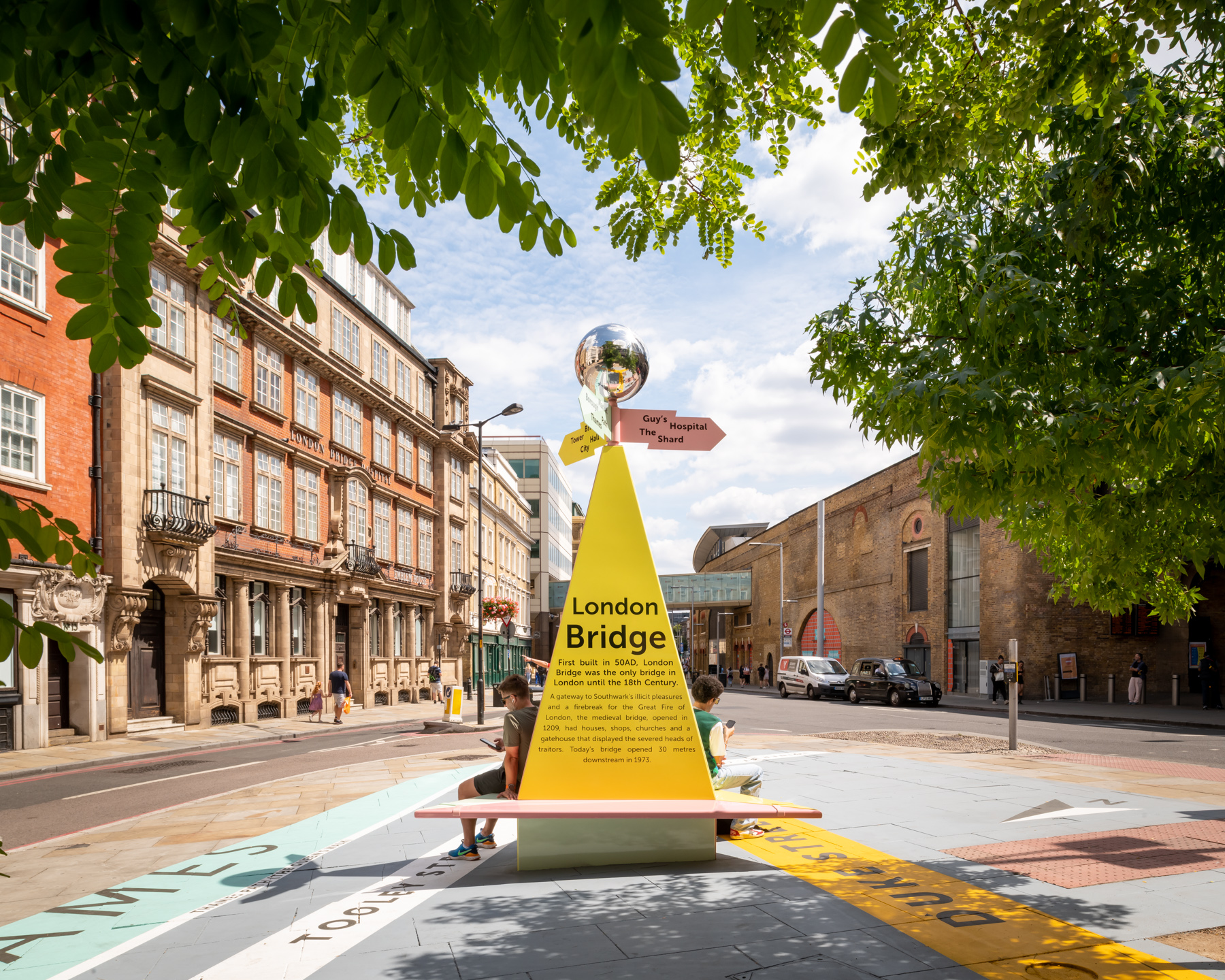 COMPETITION
|
COMPETITION
|
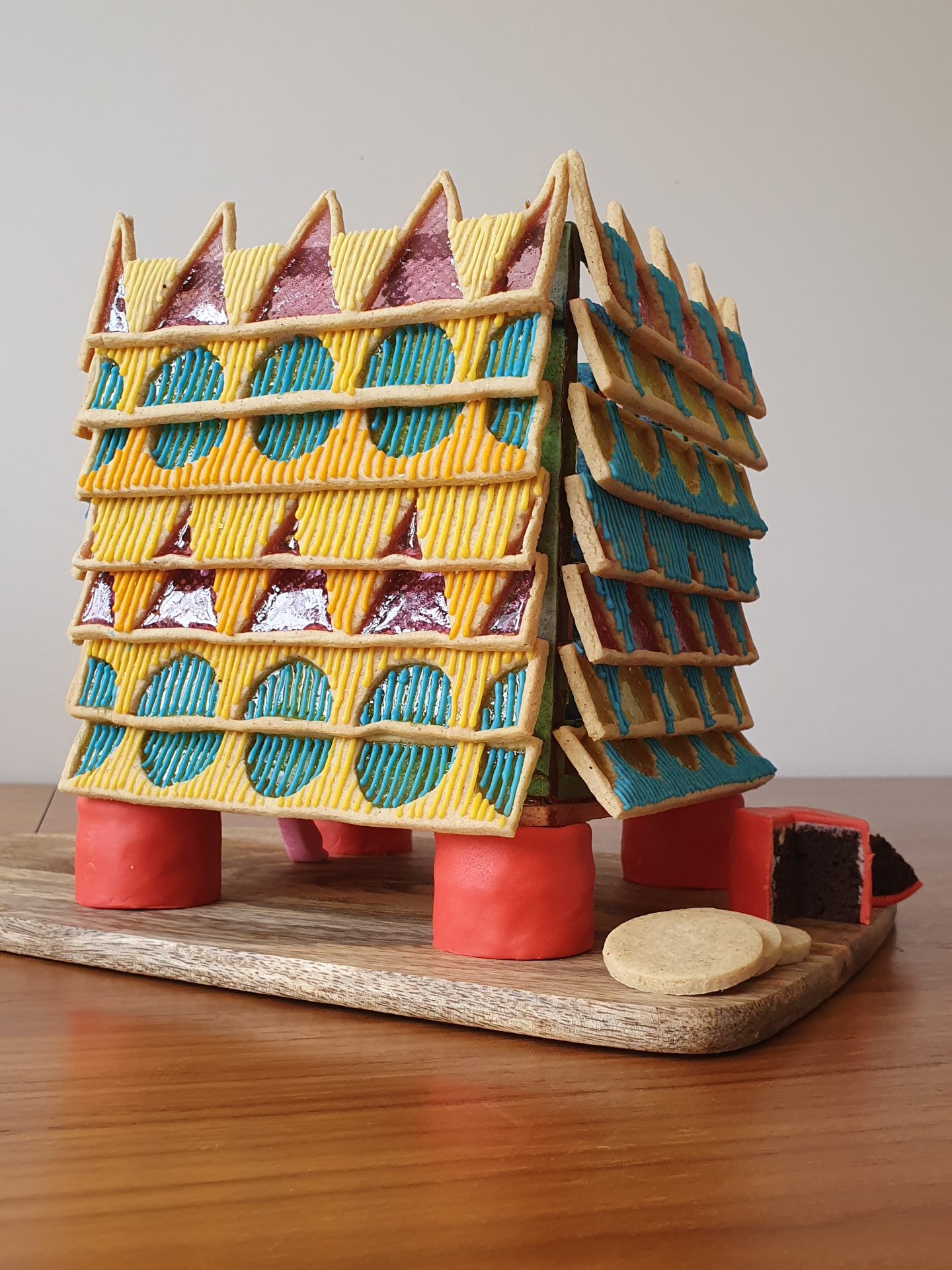 COMPETITION
|
COMPETITION
|
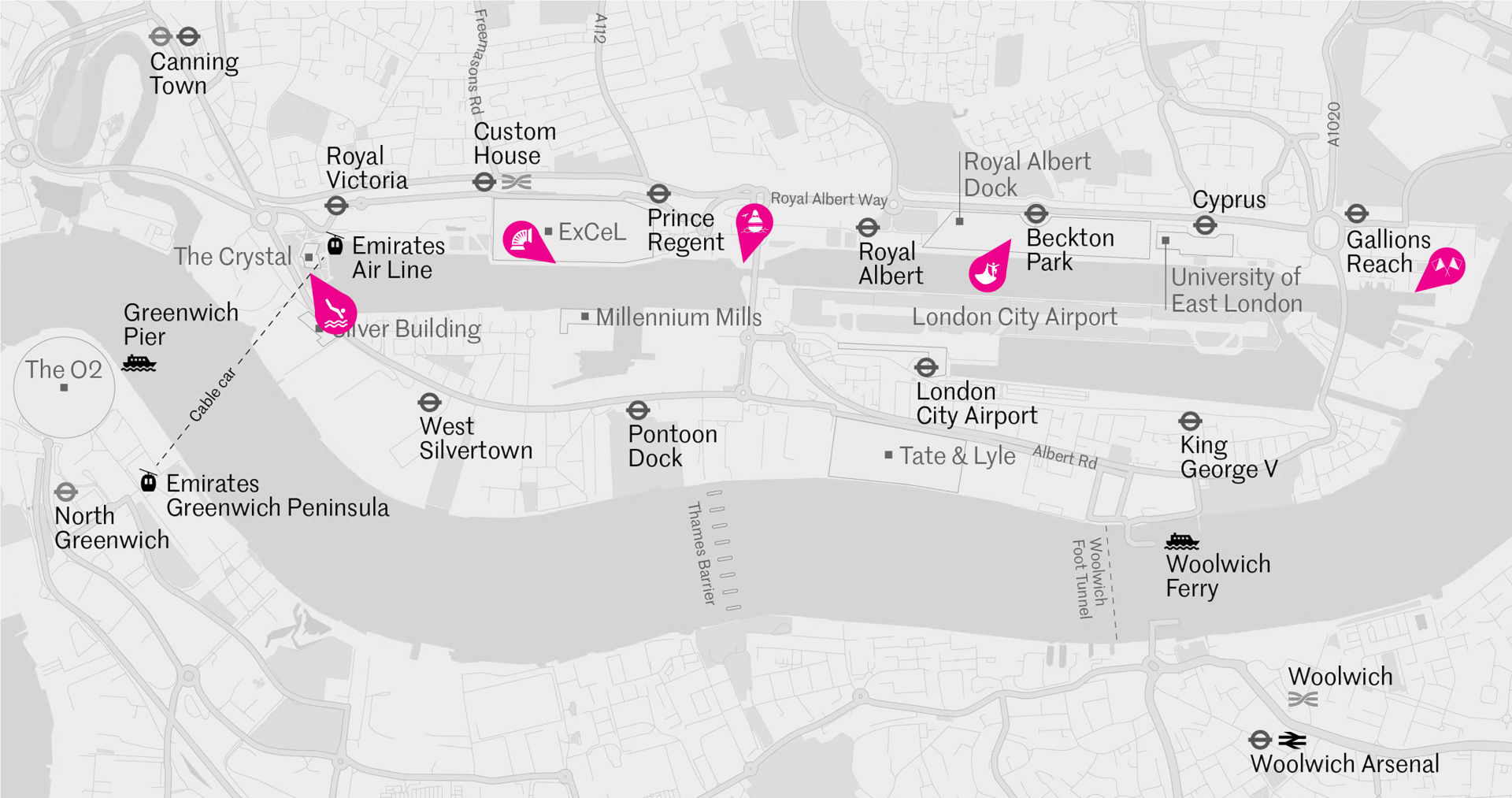 COMPETITION
|
COMPETITION
|
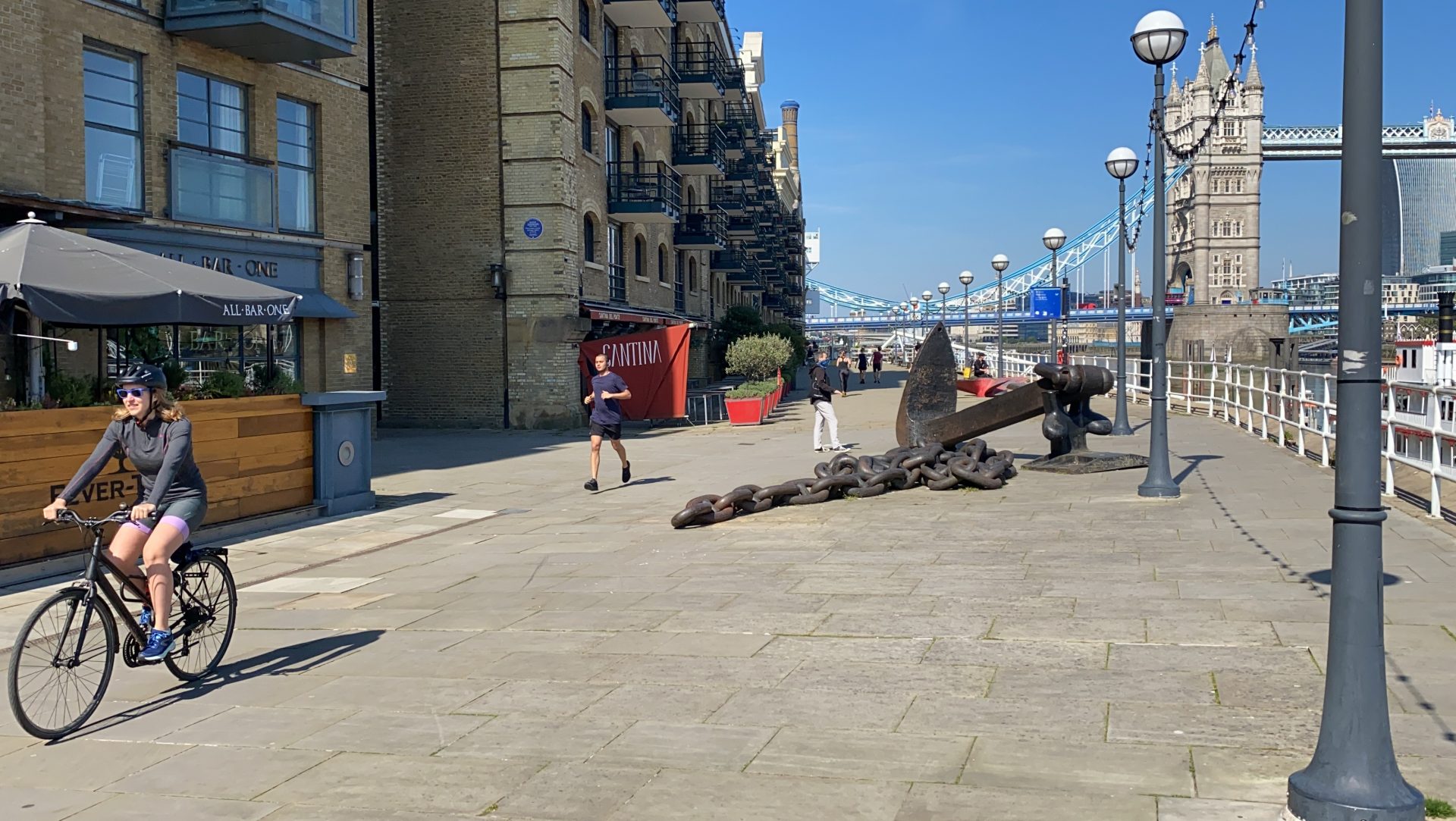 COMPETITION
|
COMPETITION
|
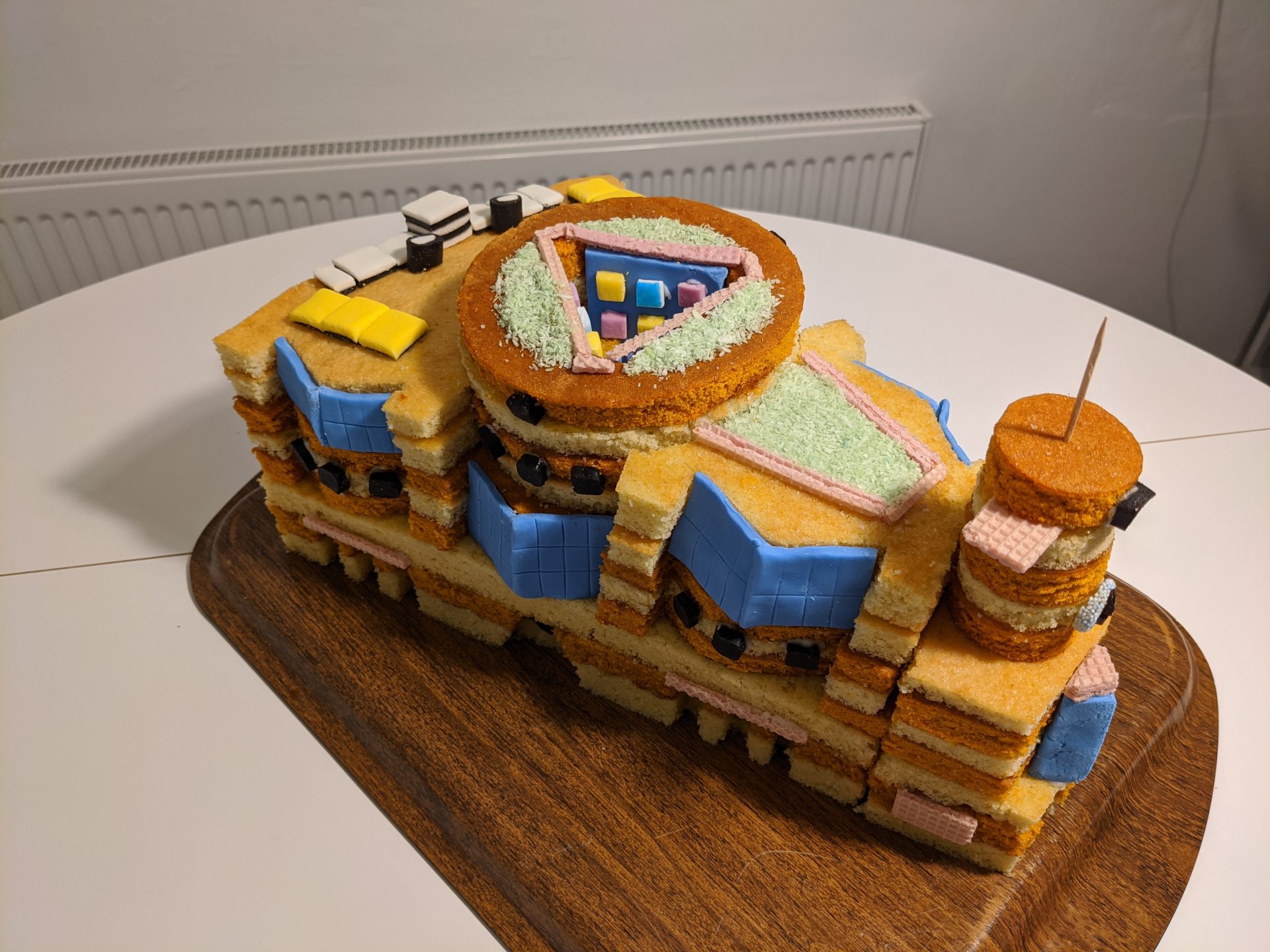 NEWS
|
NEWS
|
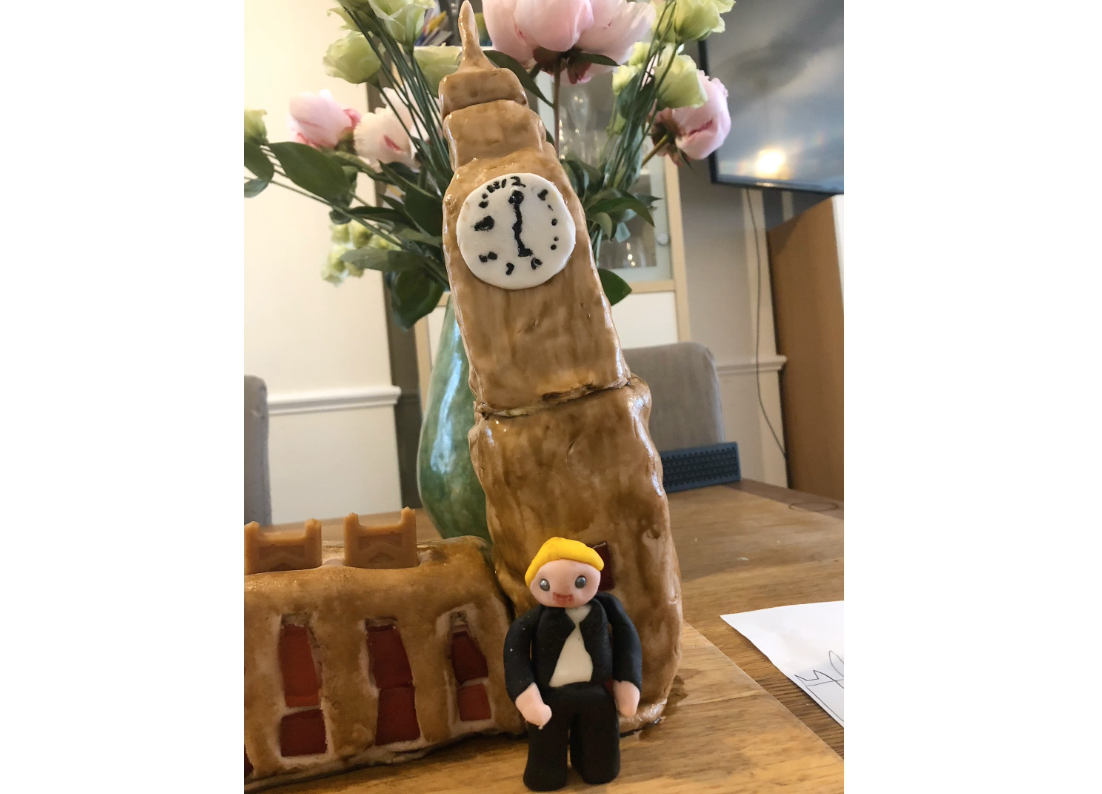 NEWS
|
NEWS
|